Episode 96: How can I train my horse to ride safely near traffic?
September 16, 2020/
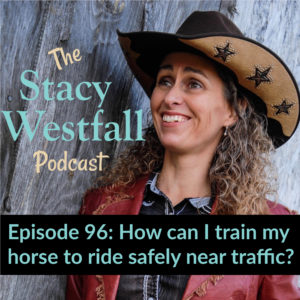
Riding near traffic can be challenging. Your horse must deal with vehicles of varying sizes, traveling at speed, and making loud noises. The road itself often has challenges such as culverts, guard rails, ditches, garbage cans, mailboxes…and dogs. Many drivers don’t know how to respond to horses and assume they will be fine. Others don’t know how to help…and a few even want to cause problems.
It is possible to prepare your horse for all of this if you break it down into smaller steps.
Links mentioned in podcast:
3 Comments
Leave a Comment
SUBSCRIBE TO THE PODCAST HERE:
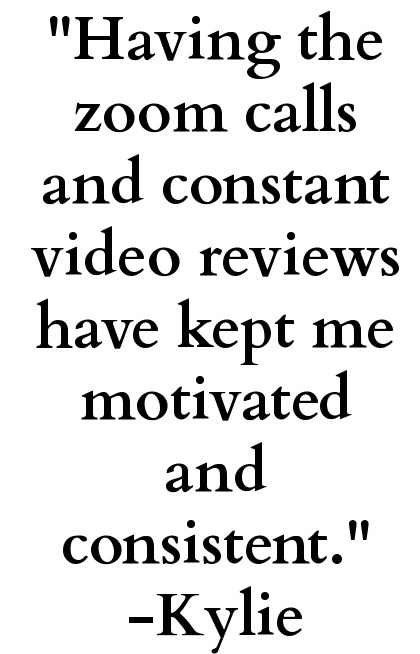
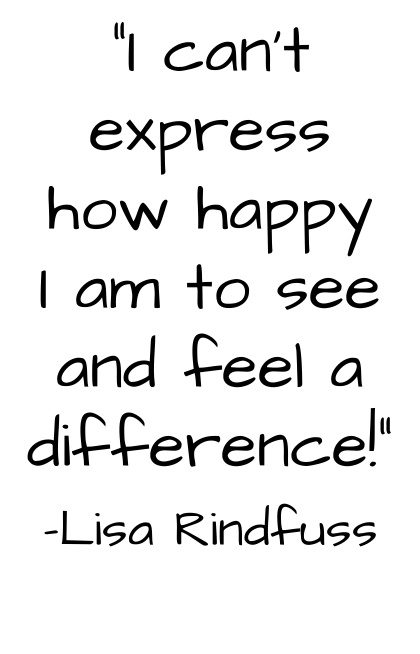
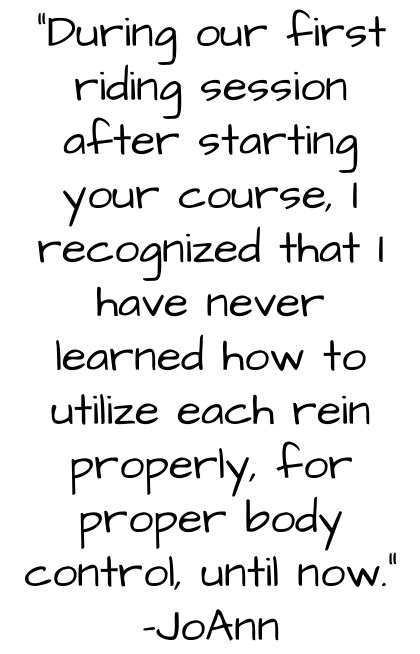
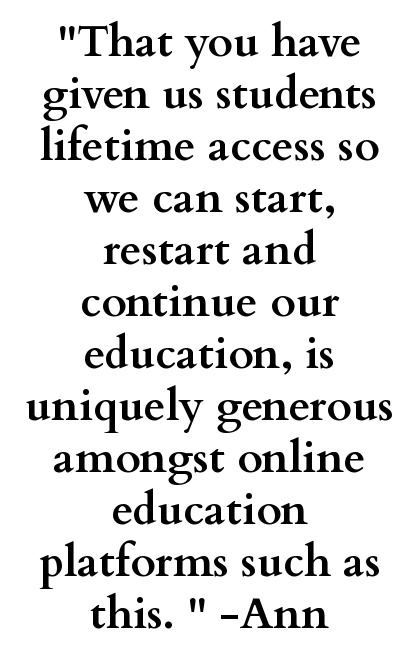
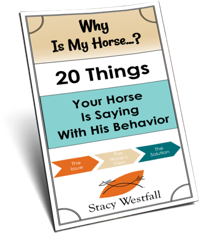
YOURS FREE
WHY IS MY HORSE...?


Hi Stacy! I have really been enjoying your podcasts and emails. They keep me motivated even in the cold and snowy conditions we’re having here. I am currently training a four-year-old, SASSY mare, and working on riding on public roads near me. I have taken her out with a buddy and met a few cars. She did fine, but I have yet to meet something really scary (dogs, semi trucks, etc.) I want to be prepared when that happens, and your concept of working in my arena in smaller steps gave me an aha/of course moment. You made a comment in the podcast about keeping your horse moving its feet when it does get spooked, and that is really helping my four-year-old!
Hi Stacy,
I absolutely love your podcast AND the improving steering and neck reining course. The content is really helping me get through winter weather, and Covid isolation.
How does one even pick the best lesson from your podcasts? I think if I had to choose I’d say the consistent message of connecting to the horse’s mind as well as his body, understanding your own mind (and accepting the limitations of your body) and bringing it all back to a question and answer relationship is the most resounding takeaway for me.
My husband and I just completed our adoption homestudy. In addition, he works with kids who are often facing extra burdens in life. All of the training that we have discussed in our adoption course, as well as the many books we’ve both read on child behaviour and learning, match with your horse training techniques. Just as there are no bad kids, there are no bad horses. If you only knew how many of my adoption homework answers were answered with “if it were a horse exhibiting this behaviour I’d…”!
You’ve really helped me reframe my outlook. Where I once saw challenges I now hear questions.
I think when your podcast series is taken as a whole, it becomes very clear that working with horses isn’t all that different from any other relationship in our lives. We want to lead with confidence, respond with compassion, and understand others needs so we can help them succeed in relationships.
I’ve also recommended many people to your podcast because we all struggle to some degree with fear and uncertainty in our own relationships with and to horses. In a sport often afflicted by a “toughen up” attitude, you’ve created a space for honesty about anxiety and limitations while still offering actionable steps to move past them.
And thanks for your patience with my many, many questions! Every time I listen, new ones pop into my head. Your responses are always thoughtful, in depth and personal. I guess I’d better be willing to listen to my horse’s questions, since I have so many of my own!
Thanks for your insights! I’ll be eagerly listening in 2021!
Sarah “from Ontario”
Stayce; I am finally catching up with the podcast, I haven’t skipped any because all are valuable; thanks !!! Interestingly I am now listening to the trail riding series; I trail ride a bunch with a supper experienced horse BUT yesterday I went out with the purpose in mind to spot deer hunters, sure enough, my supper experienced horse started to act just like me!!! She started to act spooky, extremely alert, nervous, ….. then it hit me!!! she was a reflection of me!!! As soon as I stopped trying to spot hunters, my horse returned to be the same confident hoser that I always ride by myself.